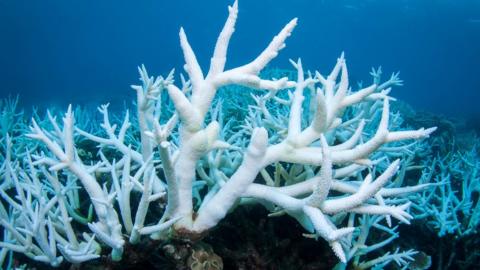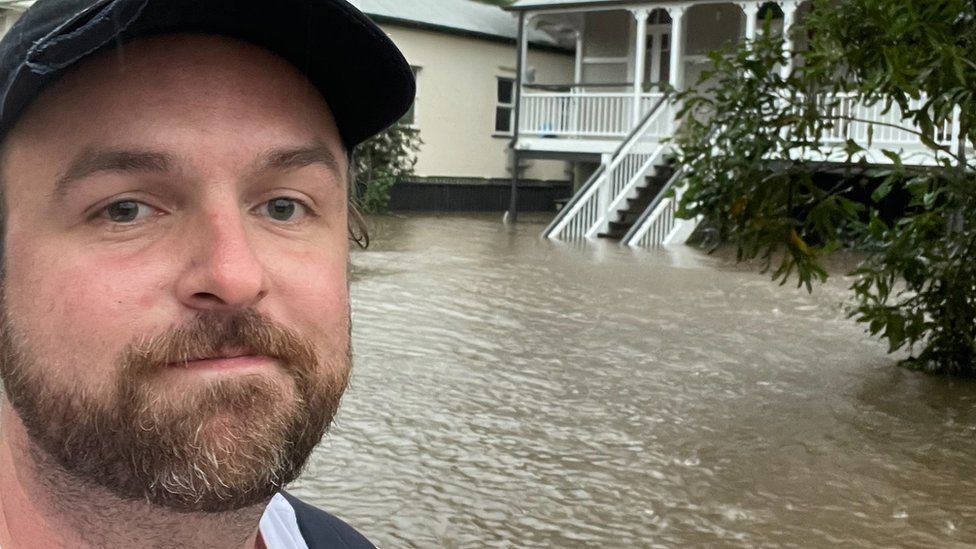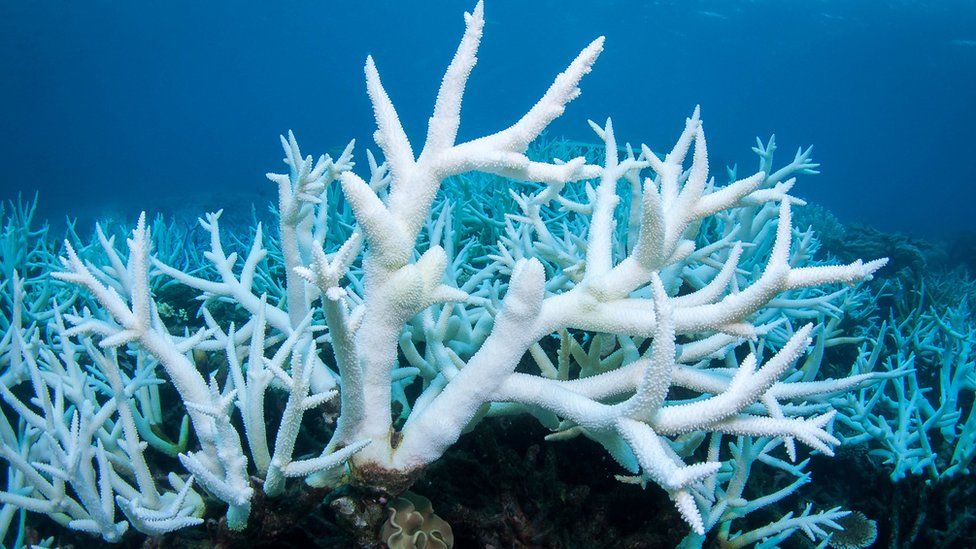 Getty Images
Getty ImagesAustralia has legislated a climate target for the first time, with a promise to slash emissions by at least 43% by 2030 passing the parliament.
The country is one of the world’s biggest emitters per capita, and the target brings it more in line with other developed countries.
But critics say government plans to reach the target are lacking detail.
Some have been demanding a higher goal as well as a ban on new fossil fuel projects in the country.
But Prime Minister Anthony Albanese had lauded the new law – the Climate Change Bill – as an end to a decade of climate policy inaction.
The Labor government’s climate bill cleared the Senate by 37 votes to 30 after accepting minor amendments by independent David Pocock.
Climate change minister, Chris Bowen, told parliament “today is a good day for our parliament and our country, and we’re going to need many more of them”, The Guardian reported.
The former government had angered allies with its short-term emissions reductions target – which was about half what the UN’s Intergovernmental Panel on Climate Change (IPCC) says is needed if the world has any chance of limiting warming to 1.5C.
But there is strong support within the parliament for greater action on climate change.
Many independents campaigned on the issue of climate change, and wanted a 2030 target of at least 50%.
Meanwhile, the Greens party said the passing of the bill was a “small step” in tackling the climate crisis.
Most also want a ban on new coal and gas projects – something they say the target cannot be achieved without.
Mark Howden, vice chair of the IPCC, told the BBC in June the new commitment is a big improvement on the previous target.
“[It] would be equivalent to taking all of our cars off the road or taking agriculture out of our economy,” he said.
It could take Australia’s carbon emission from 24 tonnes per person down to around 14 tonnes per person, he said.
While it won’t make Australia a global leader on the climate, “we’re no longer a laggard”, Mr Howden said.
Canada is aiming for a reduction of 40% by 2030 from 2005 levels, while the United States has a target of up to 52%.
In recent years, Australia has suffered severe drought, historic bushfires, successive years of record-breaking floods, and six mass bleaching events on the Great Barrier Reef.
The country is racing towards a future full of similar disasters, the latest UN IPCC report warns.
New research also shows that natural disasters have cost Australian households on average more than A$1,485 (£870; $1,000) in the past year.
A report by the Insurance Council of Australia blames the soaring costs on catastrophic flooding in the east of the country in February and March. The report says costs will continue to rise for years to come because of extreme weather.
Read more about climate change in Australia

You may also be interested in:
This video can not be played



